Driving a performance car daily can be an exhilarating experience, but it often comes with a hefty price tag. While the thrill of speed and superior handling might be appealing, the hidden costs associated with maintaining such a vehicle can quickly add up. Exploring the various factors that contribute to the high expense of daily driving a performance car reveals why these costs can be substantial.
High Maintenance and Repair Costs
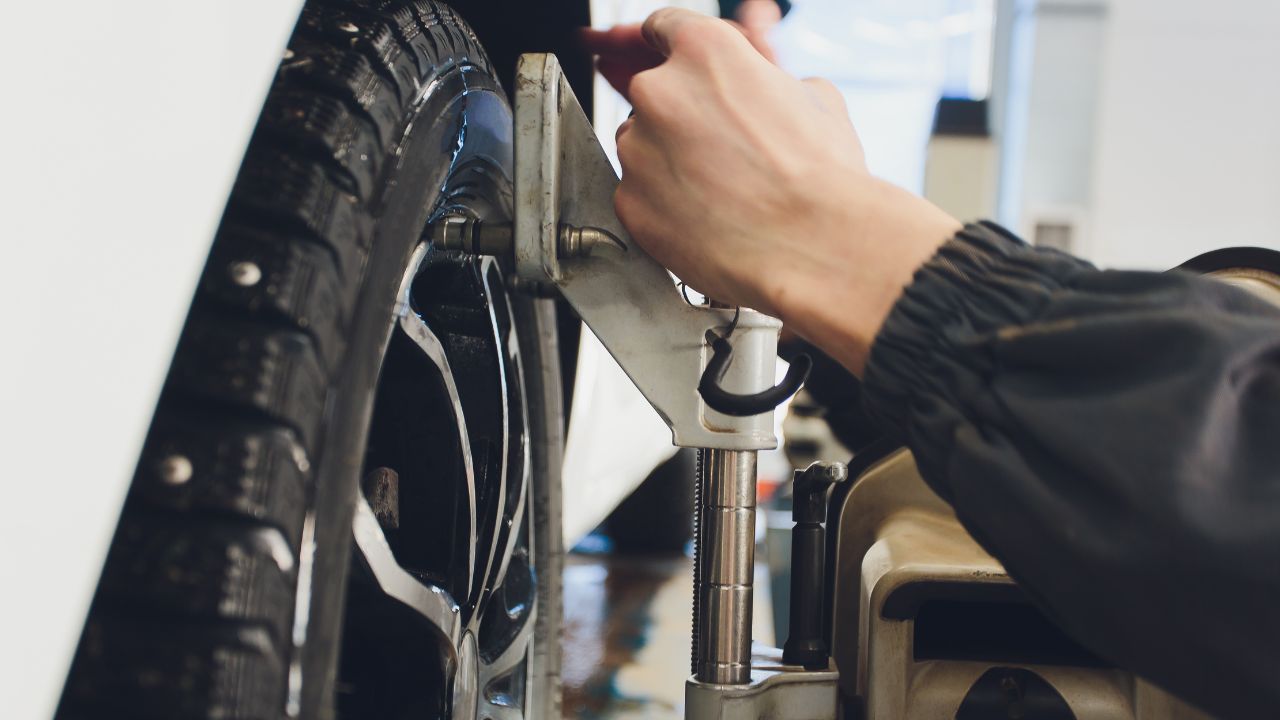
One of the most significant financial burdens of owning a performance car is the high maintenance and repair costs. These vehicles often require specialized parts and labor, which can significantly increase the overall expense of ownership. For example, a 2023 Porsche 911 might need parts that are specifically designed for its high-performance capabilities. These parts are not only more expensive but may also need to be imported or sourced from specific suppliers, adding to the cost.
In addition to expensive parts, the labor required for maintaining a performance car can be costly. Finding a mechanic with the expertise to service these cars can lead to higher labor costs. A Nissan GT-R, for instance, may require a technician with specialized training, which means higher hourly rates compared to the average mechanic. Moreover, performance vehicles typically have shorter maintenance intervals. The frequent service appointments needed to keep these cars running at peak performance can quickly add up, straining the owner’s budget.
Fuel Efficiency and Consumption

Fuel costs are another significant factor that makes daily driving a performance car expensive. Many performance cars, like the BMW M3 or the Chevrolet Corvette, require premium gasoline to operate efficiently. This type of fuel is more expensive than regular gasoline, resulting in increased fuel expenses over time. The added cost of using premium fuel can be a substantial burden for daily drivers.
Furthermore, performance cars often have lower fuel economy due to their powerful engines. The need for speed and high performance often comes at the expense of fuel efficiency. Models like the Ford Mustang Shelby GT500 provide exhilarating power but achieve fewer miles per gallon. As a result, owners find themselves making more frequent trips to the gas station, further adding to the cost of ownership.
Insurance Costs

Insurance premiums for performance cars can be another area where costs escalate. The increased risk associated with driving a high-performance vehicle often results in significantly higher insurance premiums. For instance, insuring a car like the Audi RS7 can be costly due to its high value and performance capabilities, which translates to a higher risk for insurers.
Additionally, insurance options for performance cars can be limited. Some insurance providers may not offer coverage for these vehicles, forcing owners to seek out specialized insurers that cater to high-performance cars. This limited choice can result in higher costs, as the options available may not be as competitive as those for standard vehicles. Owners may face the challenge of finding comprehensive coverage at a reasonable price, further adding to their financial burden.
Depreciation and Resale Value
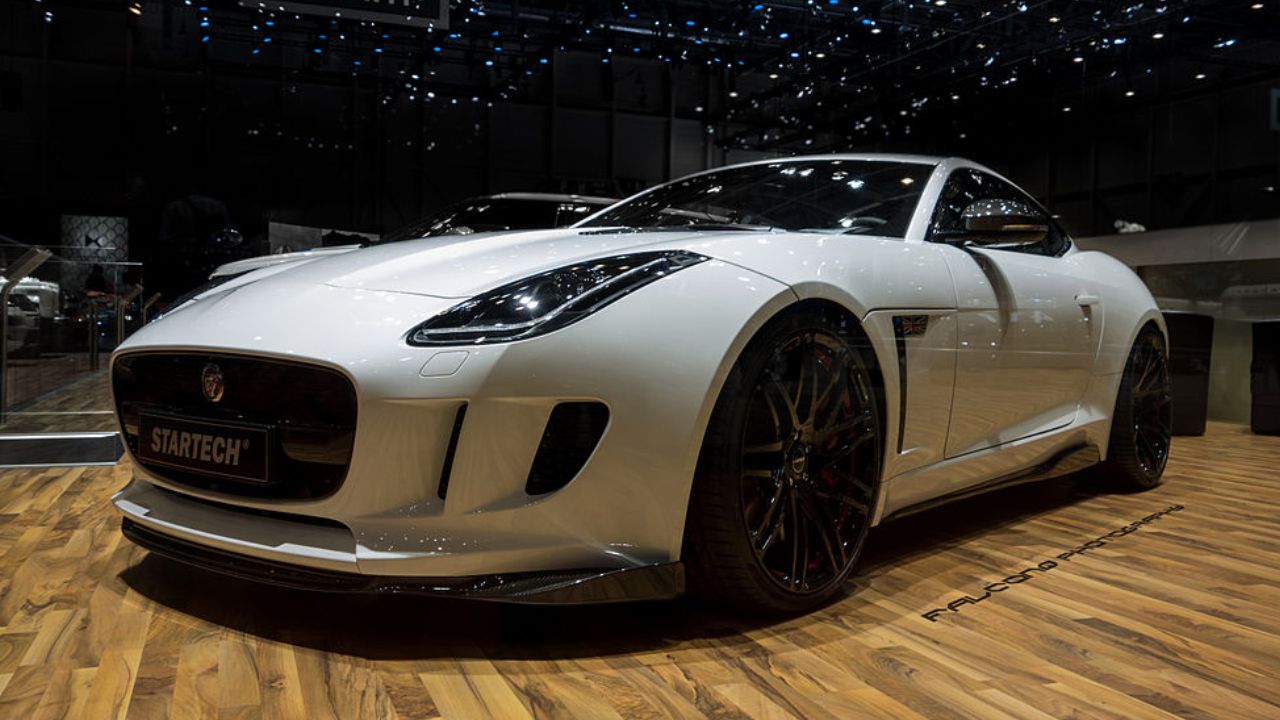
Depreciation is an inevitable aspect of car ownership, but performance cars tend to depreciate at a faster rate than standard vehicles. For example, a new Jaguar F-Type can lose a significant portion of its value within the first few years of ownership. This rapid depreciation can lead to a substantial loss in value over time, making it a costly investment for those who drive their performance cars daily.
Moreover, the market for used performance cars is more niche, which can present challenges when it comes to resale. Finding a buyer who appreciates the specific attributes of a used performance car, like a 2022 Dodge Challenger SRT Hellcat, can be difficult. This niche market can make it harder to get a good resale price, as potential buyers may be limited. Owners may either have to wait longer to sell or accept a lower price, both of which can be financially disadvantageous.
Tire and Brake Wear
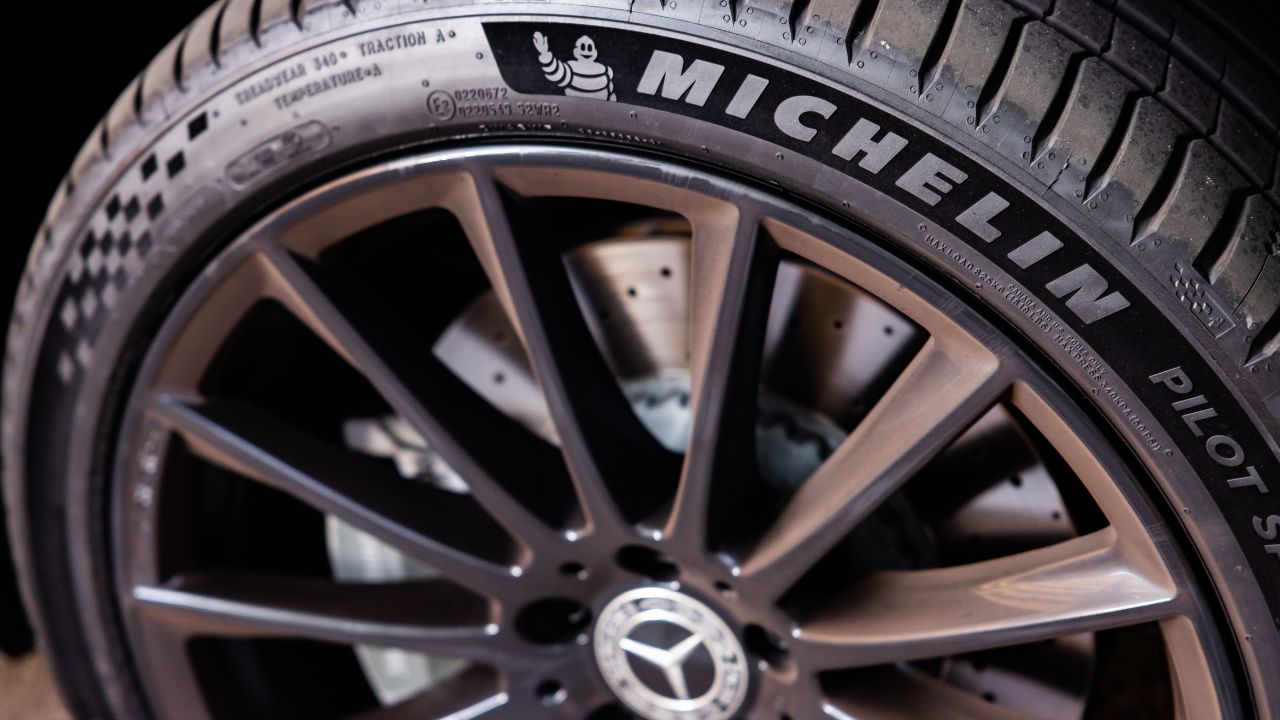
Performance cars require high-performance tires designed for superior grip and handling. These tires are essential for maintaining the driving dynamics that these cars are known for. However, they tend to wear out more quickly than standard tires, which means they need to be replaced more often. Brands like Michelin Pilot Sport or Pirelli P Zero are popular choices for performance vehicles, but they come at a premium price point.
In addition to tire wear, the brakes on performance cars are subject to accelerated wear due to high speeds and dynamic driving styles. Vehicles such as the Mercedes-AMG C63 S are built for speed, and as a result, their brakes endure more stress. This can lead to faster brake wear and the need for more frequent replacements. The combination of high-performance tires and brakes can add a significant amount to the ongoing maintenance costs of these cars, further contributing to the overall expense of daily driving a performance car.
Like Fast Lane Only’s content? Be sure to follow us.
Here’s more from us:
*Created with AI assistance and editor review.



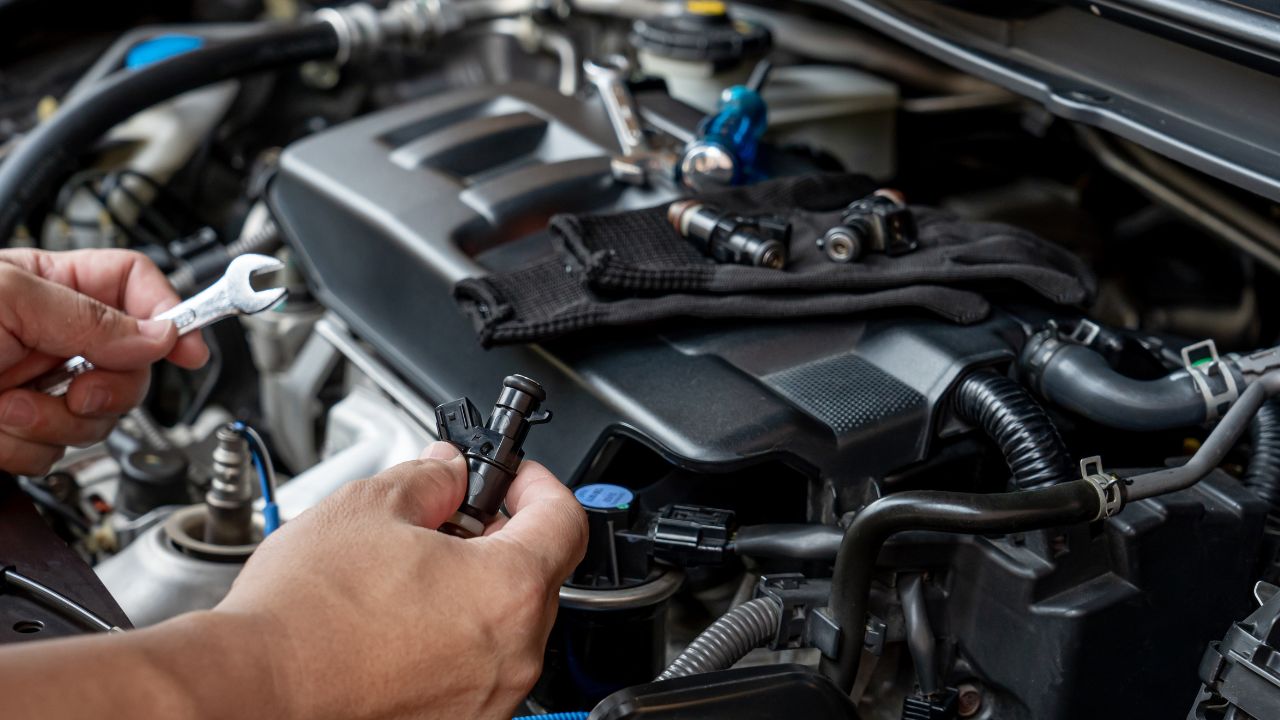
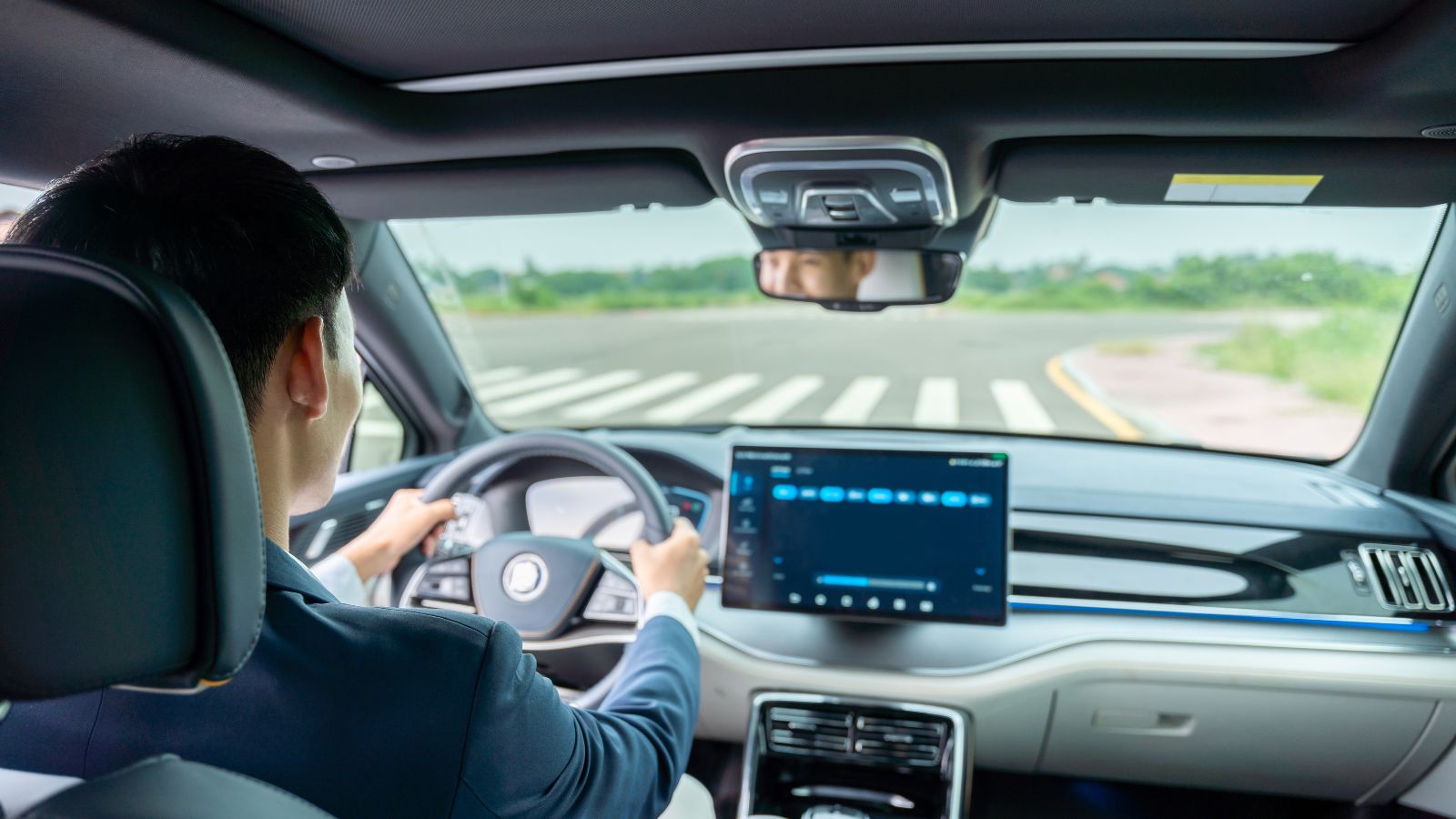
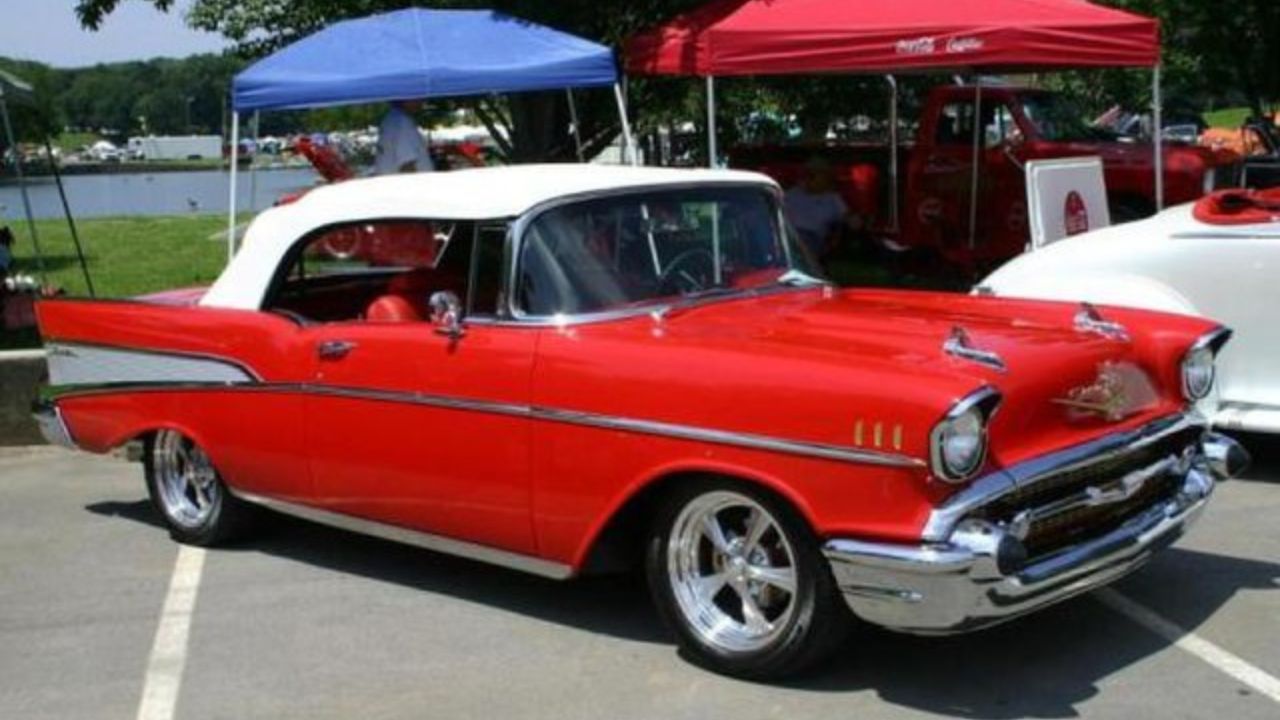
Leave a Reply